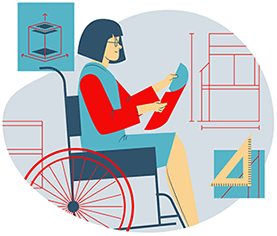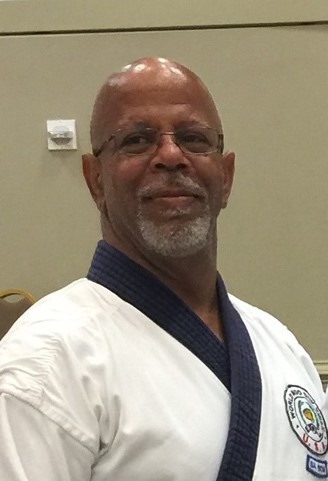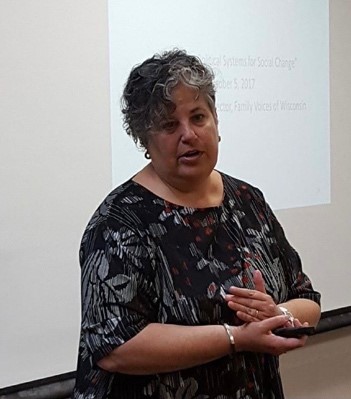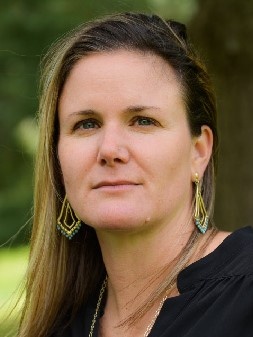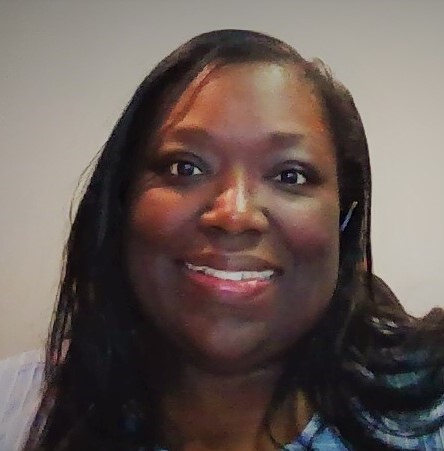
Diversity, Equity, Inclusion, and Belonging at Family Voices

Building an architecture of participation
This kind of change involves the co-creation of spaces, relationships, and practices that support full participation.
What is participation?
Full participation is a positive value that involves creating institutions that enable people, whatever their identity, background, or institutional position, to thrive, realize their capabilities, engage meaningfully in institutional life, and contribute to the flourishing of others (Sturm 2006, 2010). Full participation is an institutional transformation strategy that sustains ongoing improvement.
How do we address building an architecture of participation?
Ensure that the communities we have identified as experiencing the greatest disparities are brought into the work we do.
Review and regularly track stipend amounts and payment processing times to ensure that people can participate in our work regardless of socioeconomic status.
Convene an organization-wide Cultural Responsiveness Committee (CRC) to guide our work across projects and in communications and other operational areas.
Ensure supportive supervision that acknowledges individual contributions and allows staff members to thrive and grow, realize their capabilities, and experience meaningful engagement. Engage staff members in designing and structuring work teams, including determining hiring needs and designing senior positions.
Design decision-making processes to ensure that staff members have input. Seek input from staff on internal operations/systems changes. Before announcing internal changes, clearly communicate decisions to staff members whose work will be most impacted.
Prioritize full participation of members of the Board of Directors (BOD) to influence BOD governance beyond recruitment of members from diverse backgrounds. Structure opportunities for staff members to meet and work with the BOD. Encourage the BOD to consider staff input in their decisions. Request that the BOD include staff members in committees. Convene a joint staff-BOD group to guide DEIB framework implementation across the organization.


